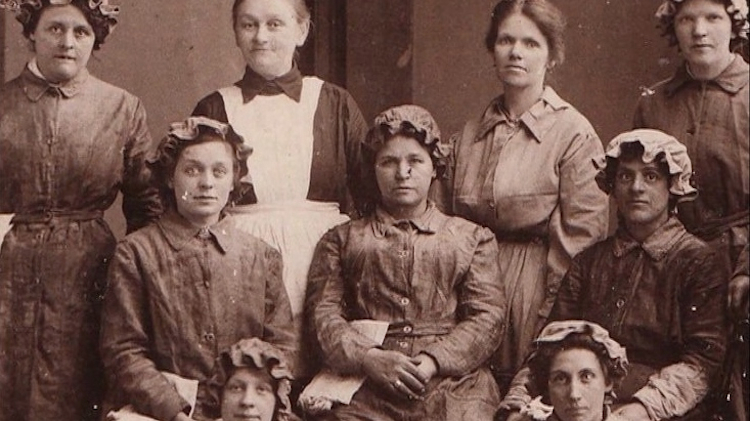The Trials of Working Women

The Trials of Working Women
Margaret reflects on what she has learned about the First World War and the role of North East women through being involved in the Wor Women project.
Back in July 2014 we began our introduction to the “Wor women on the home front.” I did not have any knowledge of World War One or when it started and ended. I have had the opportunity to learn about how life was for the women during the war 1914 – 1918.......I’d like to thank Tyneside Women’s Health and Alex Henry for this opportunity of learning about the role of women in World War One.
Margaret Woods
Comments
The Trials of Working Women
Back in July 2014 we began our introduction to the “Wor women on the home front.” I did not have any knowledge of World War One or when it started and ended. I have had the opportunity to learn about how life was for the women during the war 1914 – 1918.
Early in the war the munitions industry had difficulty producing the amounts of weapons and ammunitions needed for the armed forces. It was forced to employ more women in the industry, and by 1917 roughly 80% of weapons and ammunition was made by women. They became known as munitionettes. They were paid less than half what men were paid.
The women worked with explosives without adequate protection and prolonged exposure turned them yellow, and they became known as the canary girls. There was many explosions in the factories and many lost lives. As morale was low among women they began to play football, as it became more popular they played other munitions factories and so the “Munitions Cup” became a famous competition for women.
Women were also employed in digging and tarmacking the roads.
I was involved in making poppies, which were made into a banner by the ‘Wellbeing group’ of Tyneside Women’s Health and other organisations in the North East, and it was proudly hung in the Laing Art Gallery in Newcastle leading up to Remembrance Day. I understand that this is going to be displayed every September until 2018. I have been to Discovery and Beamish Museums and the archives of the Laing Gallery and gained a lot of information as to what it was like for the women of the North East in World War One.
I’d like to thank Tyneside Women’s Health and Alex Henry for this opportunity of learning about the role of women in World War One.
Project Details
Name:
Wor Women on the Home Front
Description:
Wor Women on the Home Front explored the role of North East women during the First World War and the impact the War had on their lives and the lives of their families.


